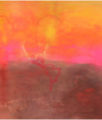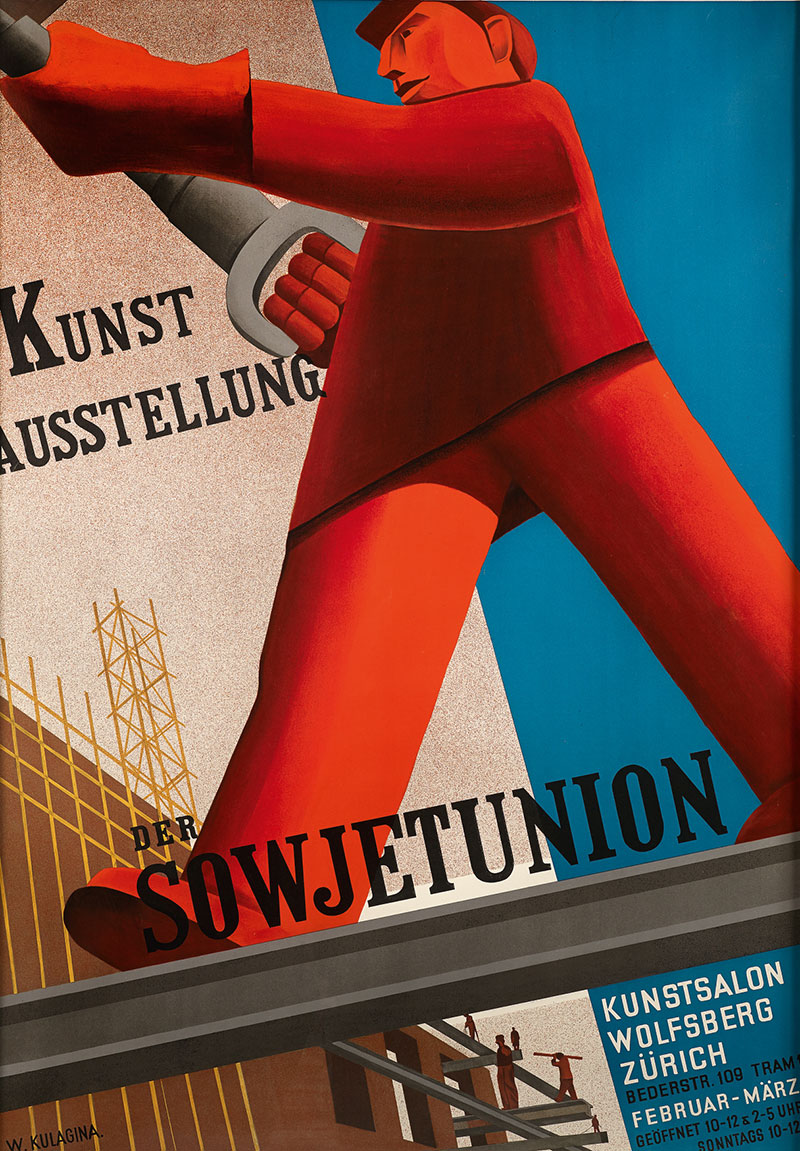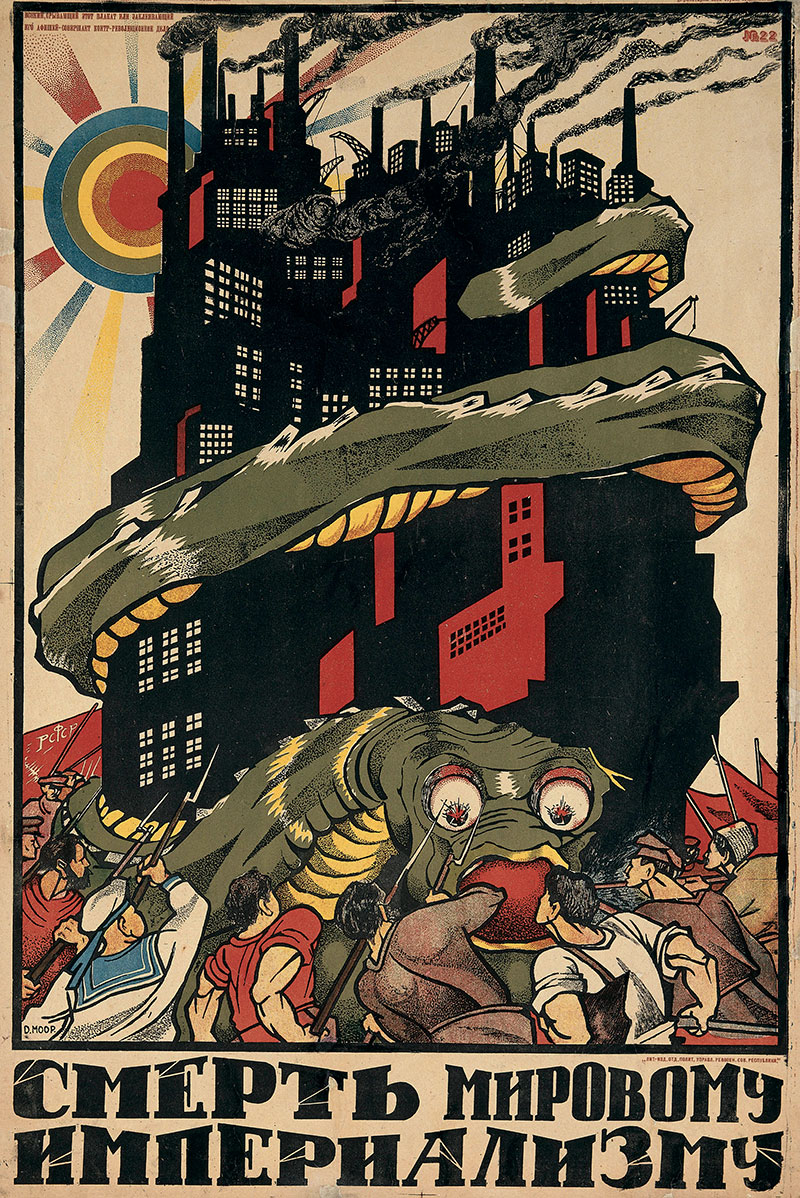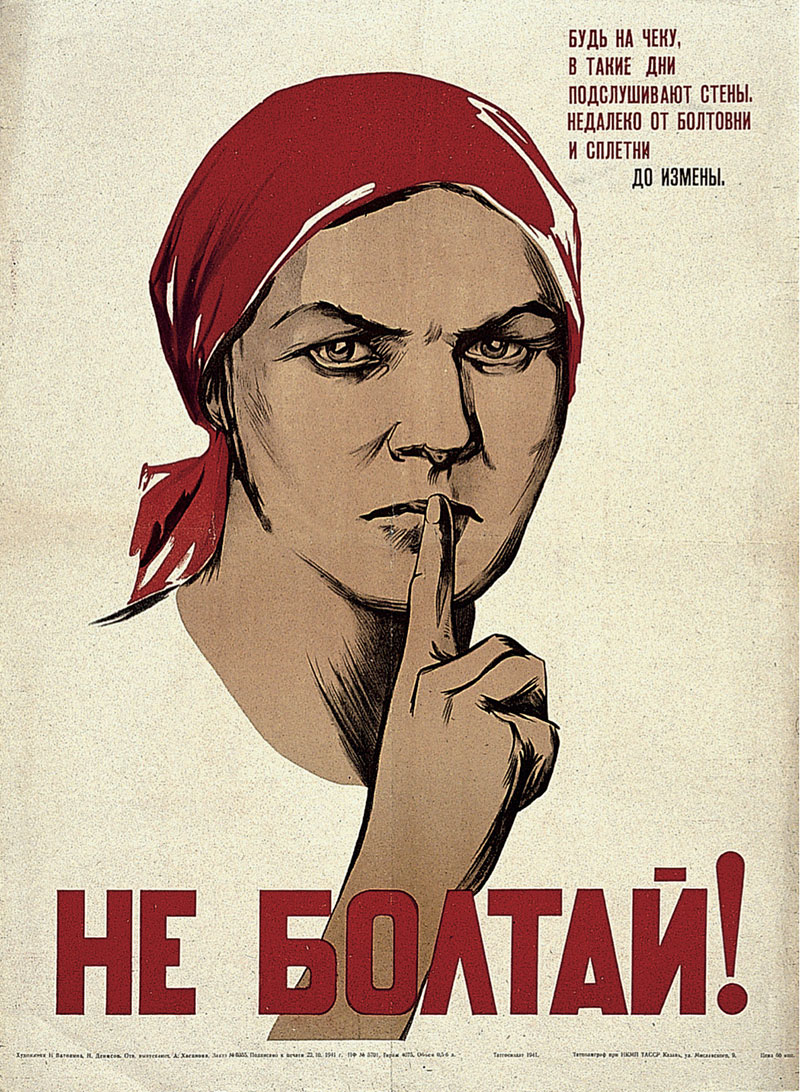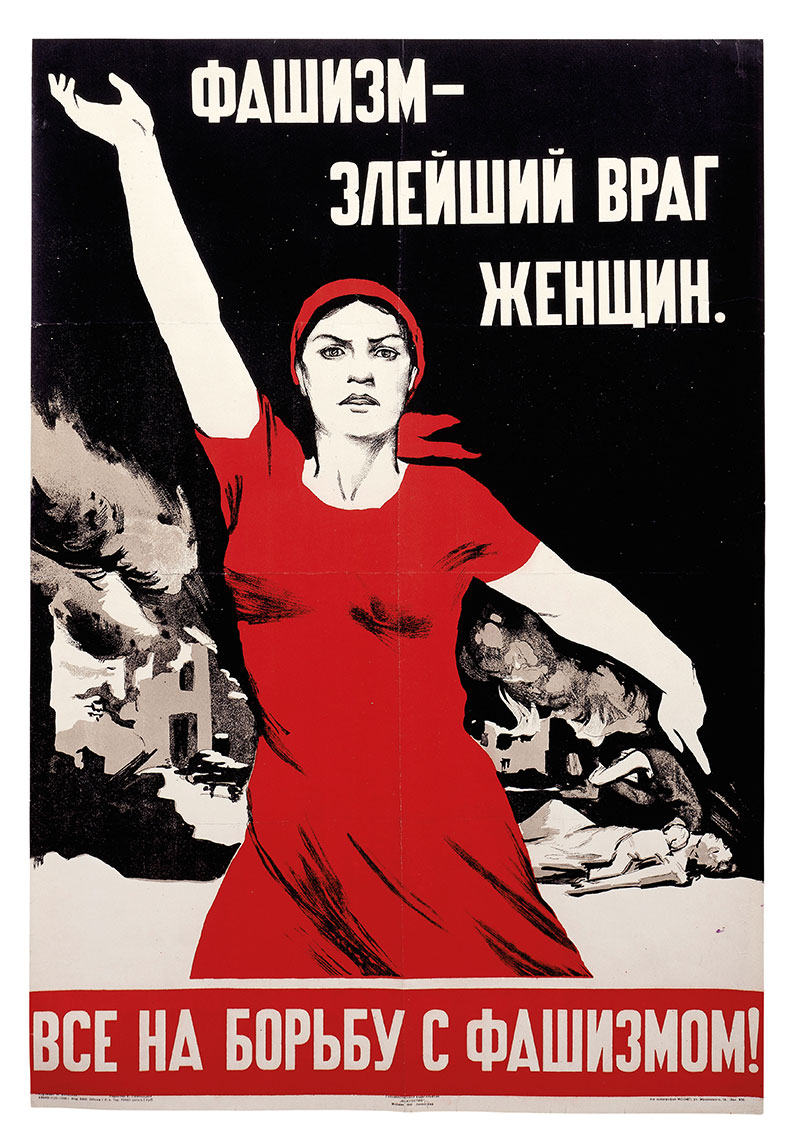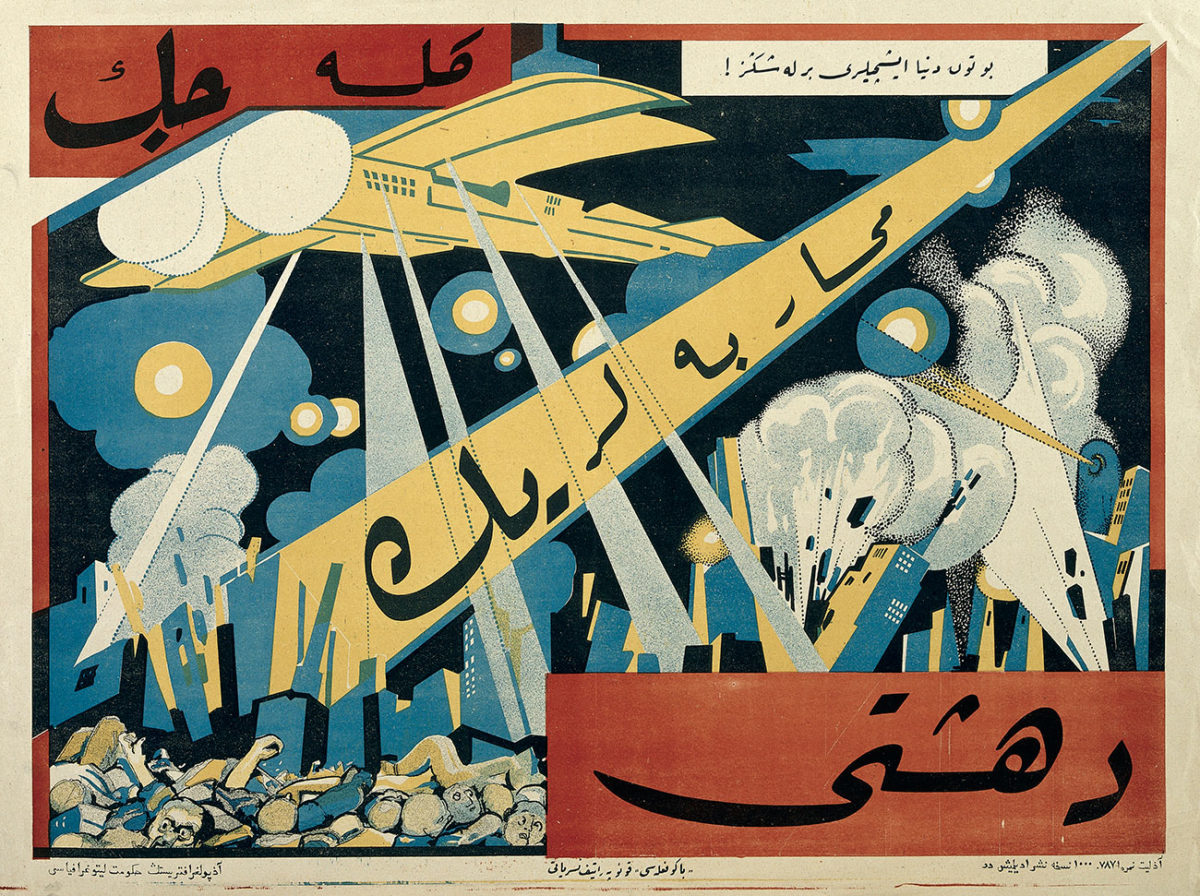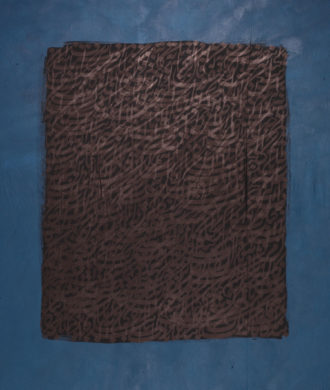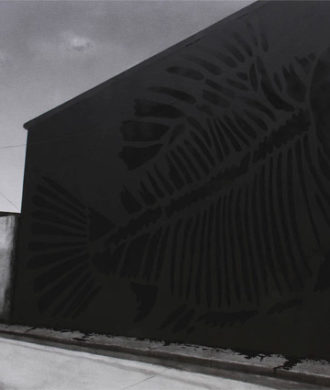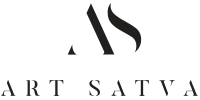Art in the time of a revolution
As the world was falling head-over-heels in awe of Art Activism a similar sentiment was sweeping over the realms of design. Impassioned designers, illustrators, photographers changed the way revolutions were fought. They created some of the most impactful artworks that gave the movement an identity, a tone, an aesthetic, connecting it to its public. They effectively used colours, typography, illustration and embedded its messages of propaganda deep into the psyche of the masses.
YEAR: 1926
MEDIUM: Lithograph on paper
DIMENSIONS: 883 x 635 mm
COURTESY: The David King Collection at Tate
Proletarian art, (also popularised by some as the art of the poor), became a catalyst for the revolution. This was work that was mass-produced (getting scorned by the artistic community for its scale of production). But, it was born from the strong discourses of art and politics and stood its ground against power and money. Infused with social meaning, a simmering agitation was in progress in these posters. The Russian posters stand apart for its energy, composition, a unique style that has since become synonymous with socialist-communist ideologies. We see reflections of it plastered across the streets lending history to student unions or adding that dynamic mass appeal of the proletariat to the posters of politicians. This brand of design is chiselled in the walls of history and will forever be iconic as a game changer in politics and propaganda.
YEAR: 1931
MEDIUM: Poster
DIMENSIONS: 1250 x 900 mm
COURTESY: Ne boltai! Collection
Art must not be concentrated in dead shrines called museums. It must be spread everywhere – on the streets, in the trams, factories, workshops, and in the workers’ homes.
-Vladimir Mayakovsky
YEAR: 1924
MEDIUM: Lithograph on paper
DIMENSIONS: 512 x 687 mm
COURTESY: The David King Collection at Tate
The October Revolution also brought with it a surge in artistic thought. Constructivism, a genre drenched in the pathos of the people’s movement, borne post-World War I alongside the development of Russian Futurism. Russian Futurism was a collective of poets and artists. Their collaborations, philosophy, ideas, inspirations marked the frameworks of its art and thought. In their cheeky and iconic manifesto titled “A Slap in the Face of Public Taste”, they proclaimed – ‘we alone are the face of our time.’ This was a time of synergy, of ideas that germinated in the midst of the overwhelming change that was sweeping their society.
YEAR: 1920 (printed in 1966
MEDIUM: Print on paper
DIMENSIONS: 693 X 482 mm
COURTESY: The David King Collection at Tate
Here Cubism, Suprematism and Futurism all collided to create a format that was more analytical and was not about the flesh-and-bone kind of beauty. It was almost a protest against all the luxuries that art stood for till that point. It was radical, approached each object for its essential meaning. It was almost like advertising101. Each art had a message, an ideology, a guttural call to rise. Its public – the simmering underclass, the unhappy youth, the disillusioned working class, was its target. This kind of art without flourish but more direct and informative appealed to their sense of action in the face of turmoil. It nurtured many artist-designers. Alexander Rodchenko, Dmitry Stakhiyevich Moor, El Lissitzky, Adolf Strakhov, Nina Vatolina to name a few became sought after for their works.
YEAR: 1920 (printed in 1966
MEDIUM: Lithograph on paper
DIMENSIONS: 1060 x 701 mm
COURTESY: The David King Collection at Tate
I reduced painting to its logical conclusion and exhibited three canvases: red, blue, and yellow. I affirmed: this is the end of painting.
-Alexander Rodchenko
YEAR: 1933
MEDIUM: Lithograph on paper
COURTESY: The David King Collection at Tate
Tate is unveiling Red Star Over Russia: A Revolution in Visual Culture 1905 – 55 this November with the collection of David King. He was an acclaimed graphic designer, artist, historian and first travelled to Russia in 1970 on an assignment from a magazine to collect information about Trotsky. Leon Trotsky, the leading light of the Russian revolution. Thus, began David King’s fascination with art and other visual forms of propaganda that reflected the Russian Revolution. In his lifetime he assembled one of the world’s most pre-eminent collections of Russian and Soviet material, consisting of over 250,000 artefacts dating from the late 19th century to the Khrushchev era. Publications include The Commissar Vanishes: The Falsification of Photographs and Art in Stalin’s Russia (1997, enlarged 2014), Ordinary Citizens: The Victims of Stalin (2003), and Red Star Over Russia: A Visual History of the Soviet Union from the Revolution to the Death of Stalin (2009). David King passed away in May 2016.
YEAR: 1941
MEDIUM: Lithograph on paper
DIMENSIONS: 604 x 444mm
COURTESY: The David King Collection at Tate
YEAR: 1941
MEDIUM: Lithograph on paper
DIMENSIONS: 860 x 589 mm
COURTESY: The David King Collection at Tate
YEAR: Printed 1955
MEDIUM: Gelatin silver print
DIMENSIONS: 860 x 589 mm
COURTESY: The David King Collection at Tate
YEAR: 1918
MEDIUM: Lithograph on paper
COURTESY: The David King Collection at Tate
YEAR: 1920s
MEDIUM: Lithograph on paper
DIMENSIONS: 535 x 710 mm
COURTESY: The David King Collection at Tate
YEAR: 1937
MEDIUM: Oil paint on canvas
DIMENSIONS: 1260 x 2000 mm
COURTESY: Perm State Art Gallery, Russia
YEAR: 1928
DESCRIPTION: “The Task of the Press Is the Education of the Mases” Photomontage from the Union of Soviet Socialist Republics: Catalogue of the Soviet Pavilion at the International Press Exhibition, Cologne 1928
MEDIUM: Photogravure
COURTESY: The David King Collection at Tate
To mark the centenary of the October Revolution, this autumn (from 8 November 2017 to 18 February 2018) Tate Modern will open Red Star Over Russia: A Revolution in Visual Culture 1905 – 55, curated from his remarkable collection.
